When choosing a freestanding tub for your bathroom, one of the most important factors to consider is the size. Selecting the right size tub not only ensures comfort and functionality but also complements your bathroom design and available space. This comprehensive guide will help you understand what is the best size for a freestanding tub, including key considerations, popular sizes, and styles available in the UK.
Understanding Freestanding Tubs
A freestanding tub is a standalone bathtub that is not attached to any walls, making it a striking focal point in any bathroom. Freestanding bathtubs come in a variety of shapes, sizes, and materials, offering flexibility to suit different bathroom spaces and design preferences. They range from small freestanding tubs ideal for limited space to large freestanding tubs that provide a luxurious bathing experience.

Standard Size for Freestanding Tubs in the UK
In the UK, the standard size for a freestanding bathtub typically ranges from 1700mm (approximately 67 inches) in length and 700mm (about 27 inches) in width. This size works well in most average-sized bathrooms, providing enough room for comfortable bathing while fitting within typical bathroom layouts.
Small Freestanding Bathtubs: Ideal for Limited Space
Small freestanding tubs usually measure between 1200mm to 1500mm (47 to 59 inches) in length and 600mm to 700mm (24 to 27 inches) in width. These tubs are perfect for smaller bathrooms or en-suites where bathroom space is limited but you still want the elegance and style of a freestanding bath. Small freestanding bathtubs often have a deeper design to compensate for their shorter length, ensuring a relaxing soak.

Benefits of Small Freestanding Tubs
-
Perfect for smaller bathrooms or apartments with limited space.
-
Easier to install and often lighter, especially when made from acrylic.
-
Provide a modern, contemporary look without overwhelming the room.
Large Freestanding Tubs: For a Luxurious Bathing Experience
Large freestanding tubs typically measure 1800mm to 2000mm (71 to 79 inches) or more in length and 800mm to 900mm (31 to 35 inches) in width. These tubs are ideal for larger bathrooms where space is abundant. They offer a spa-like atmosphere and can comfortably accommodate two bathers, making them suitable for couples or those who enjoy a spacious soak.
Popular Large Freestanding Tub Styles
-
Double Ended Baths: Featuring sloped ends on both sides, these tubs allow two bathers to recline comfortably opposite each other.
-
Clawfoot Tubs: Classic and elegant, clawfoot tubs often come in larger sizes and add a vintage charm to bathroom design.
-
Japanese Soaking Tubs: These tubs are deeper and sometimes shorter in length, designed for upright soaking and maximum water capacity.
Key Considerations When Choosing the Best Size Tub
1. Available Bathroom Space
Measure your bathroom floor and bathroom wall space carefully. Ensure there is enough space around the tub for movement, cleaning, and installation. Leave at least 4 inches (100mm) of clearance between the tub and walls for bath taps and ease of maintenance.
2. User Comfort and Number of Bathers
Consider who will use the tub. For a single person, a standard or small freestanding tub may suffice. For couples or families, a large freestanding tub or double ended baths provide more space and comfort.
3. Water Capacity and Heating
Larger tubs hold more water, which may affect how long it takes to fill the tub and whether your boiler can supply enough hot water. Ensure your hot water system can handle the water capacity of your chosen tub to avoid long waits or cold baths.
4. Tub Material and Weight
Materials like cast iron retain heat well but are heavy, requiring a reinforced bathroom floor, especially on upper levels. Acrylic tubs are lighter and easier to install but may not retain heat as long. Consider the bathroom floor's strength when selecting your tub.
5. Installation and Plumbing
Freestanding tubs require specific plumbing for bath taps and waste pipes. The position of bath taps (whether on the tub’s rim or wall-mounted) and the overflow location must be planned. Also, consider the ease of cleaning around the tub.
Popular Freestanding Tub Shapes and Their Sizes
-
Single Ended Tubs: One sloped end for lounging; length ranges from 1500mm to 1800mm.
-
Double Ended Tubs: Sloped ends on both sides; length usually 1700mm to 2000mm.
-
Slipper Tubs: One end raised for back support; sizes vary widely, typically 1400mm to 1800mm.
-
Corner Baths: Designed to fit into bathroom corners; sizes vary but are ideal for saving bathroom space.
-
Japanese Soaking Tubs: Deeper and sometimes shorter; lengths from 1200mm to 1500mm but with greater depth for full immersion.
Enhancing Your Freestanding Tub Experience
To create a truly luxurious bathing experience, consider adding features such as air massage systems or whirlpool jets. Choose bath taps that complement your tub style, whether deck-mounted on the rim or floor-mounted freestanding taps. Materials like copper and cast iron not only add style but also help retain heat, enhancing your soak.
Conclusion
The best size for a freestanding tub depends on your bathroom space, personal preferences, and how you plan to use the tub. Whether you choose a small freestanding bathtub for limited space or a large double ended bath for a spa-like atmosphere, measuring your available space and considering factors like water capacity, installation, and style will help you select the perfect tub.
Remember, a freestanding tub is often the focal point of your bathroom design, so choose a size and style that balances functionality with aesthetic appeal to create a relaxing and luxurious bathing environment.
Read more

When renovating a bathroom, one of the questions that arises is whether to install flooring under a freestanding tub. Knowing the correct installation order and best practices can save you time, mo...

Choosing the perfect freestanding tub can transform your bathroom into a luxurious retreat. Whether you are renovating your bathroom or designing a new one, understanding what to look for when buyi...


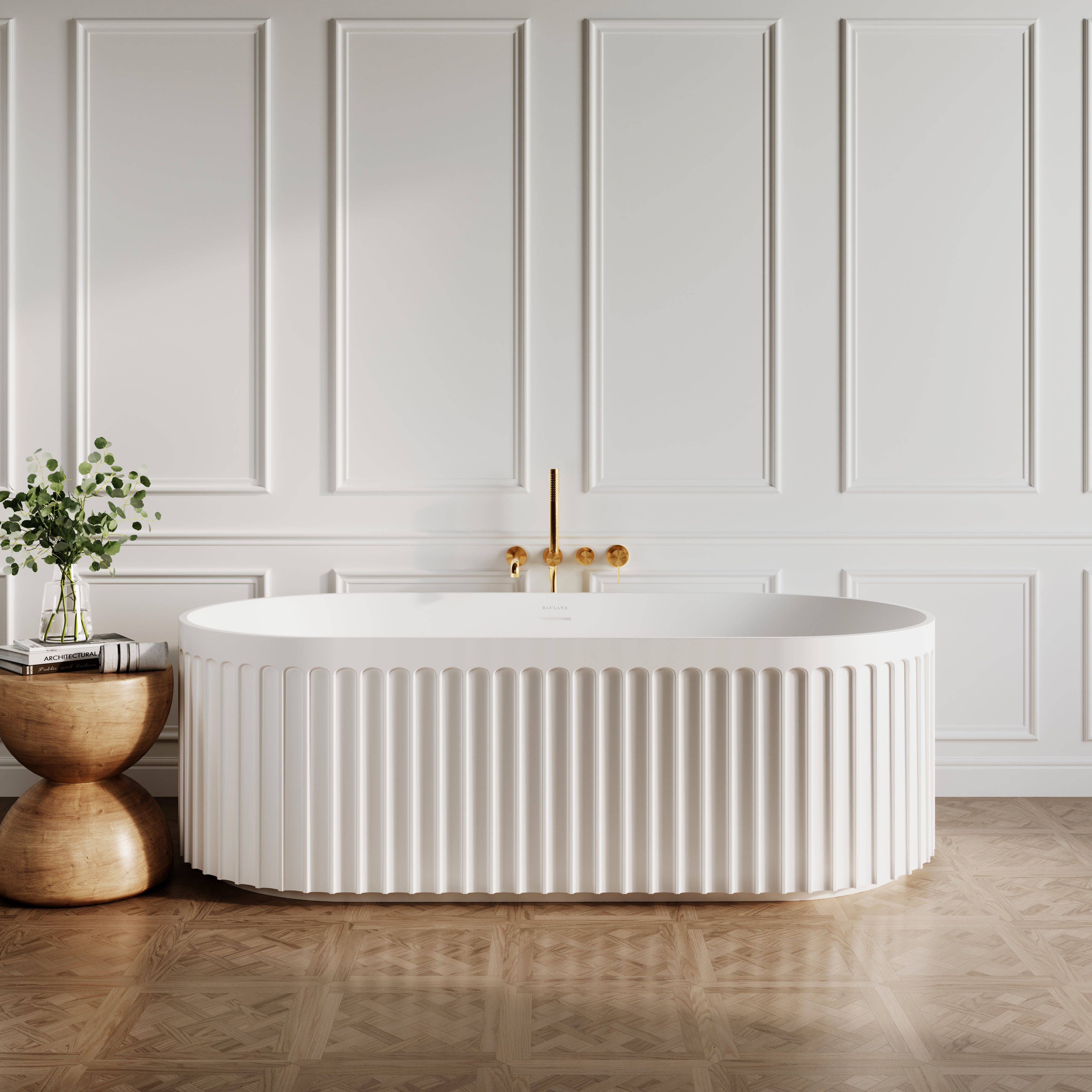
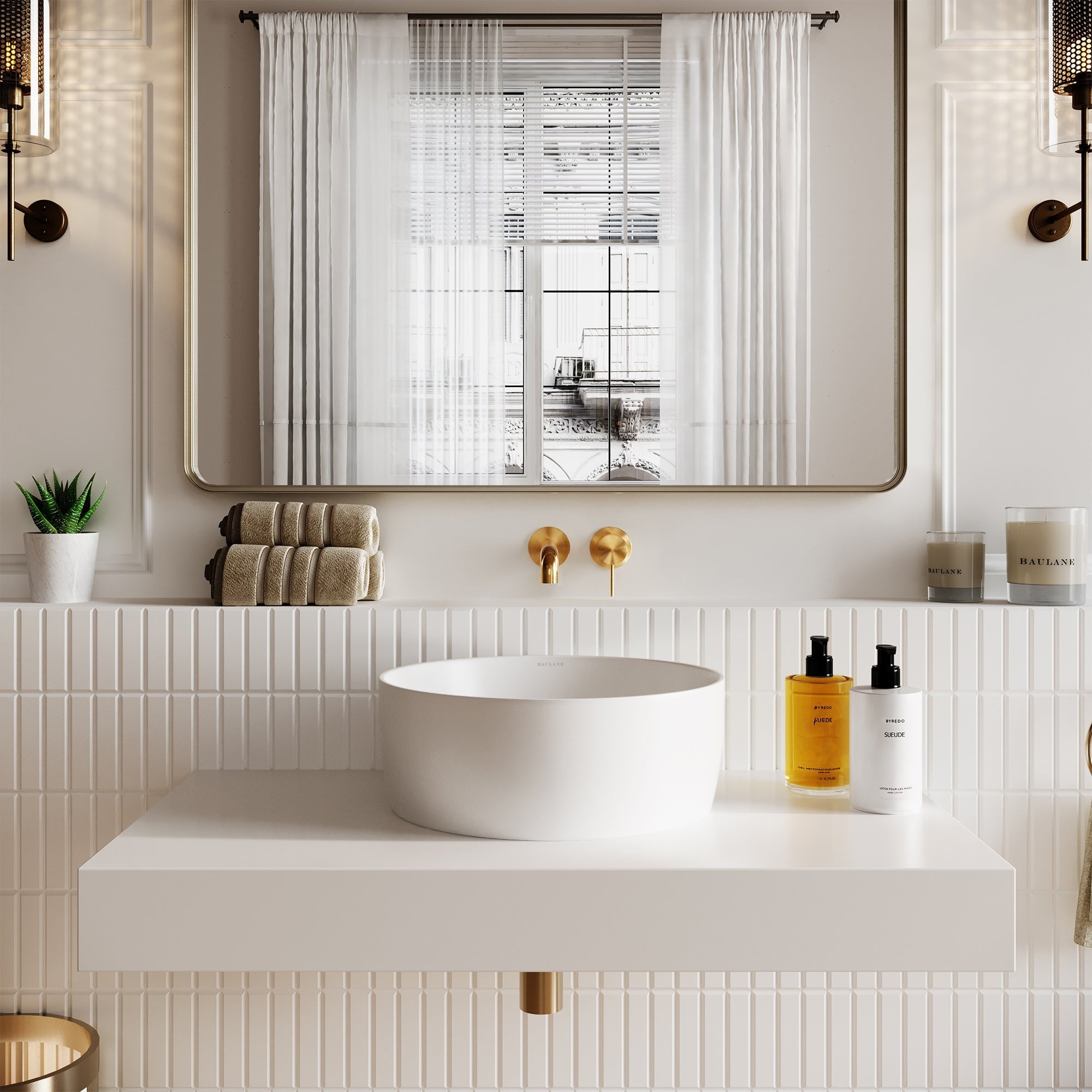
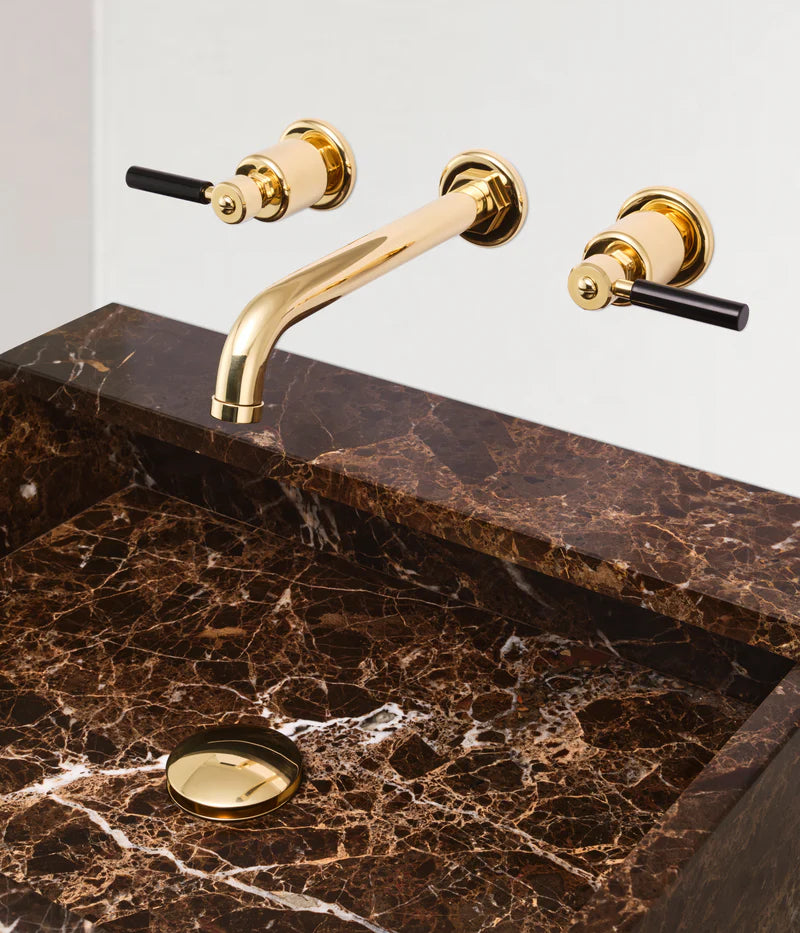
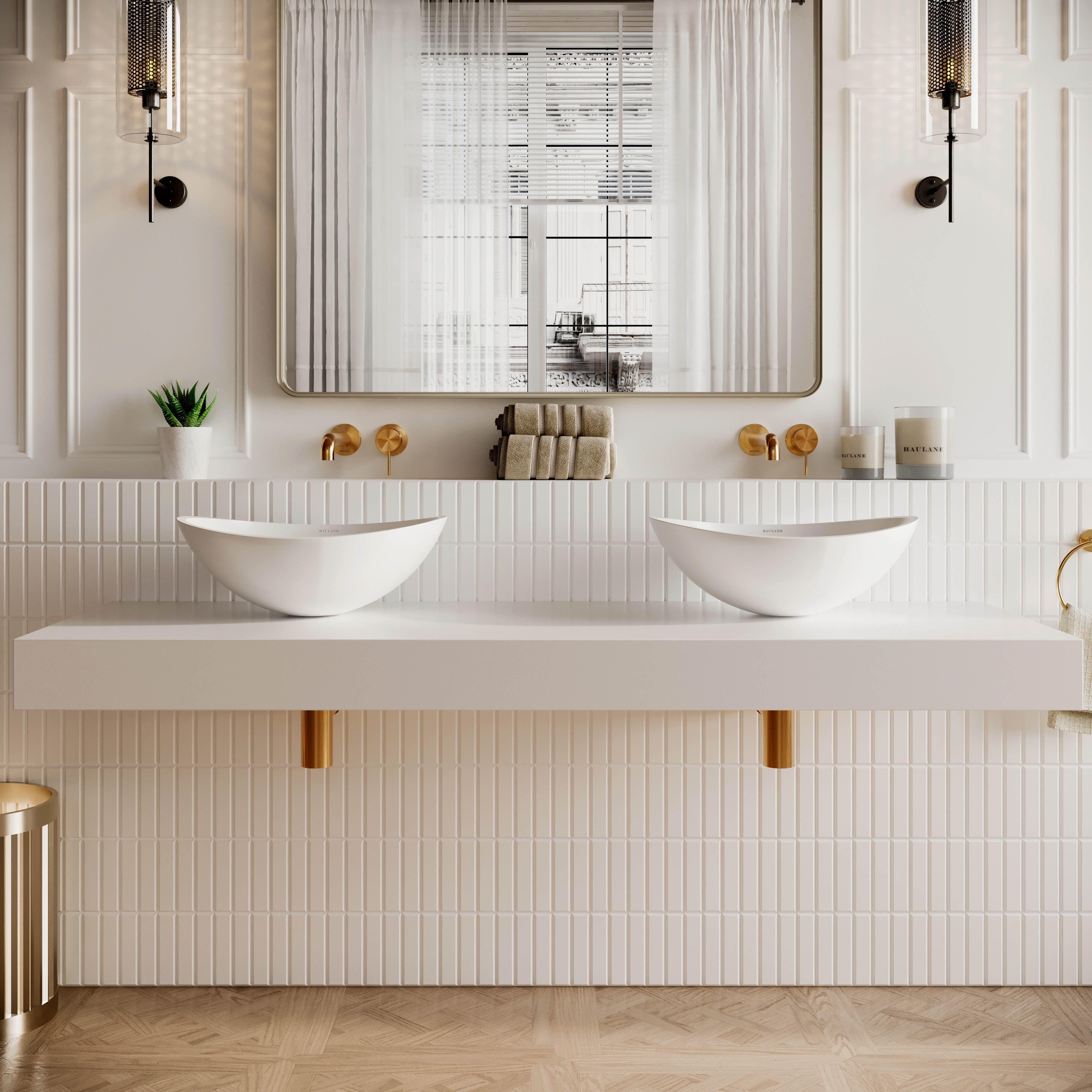
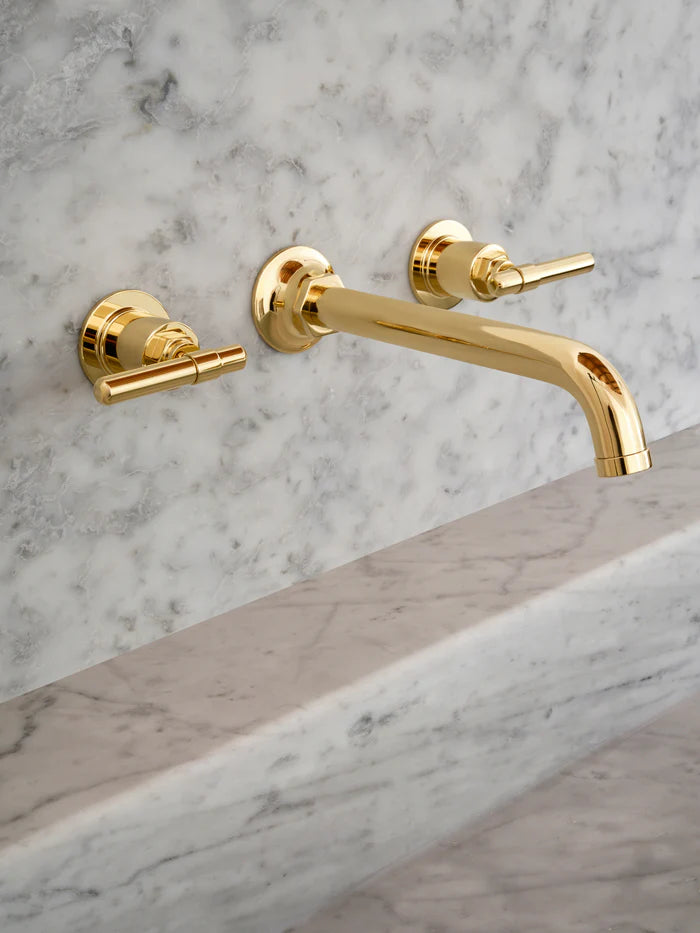
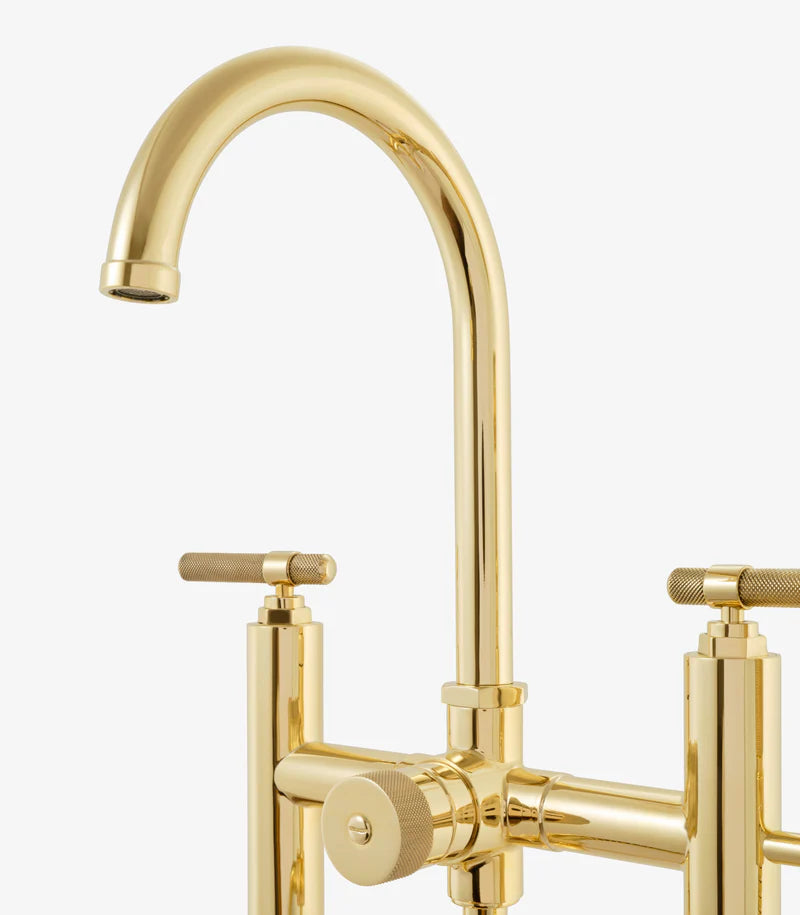
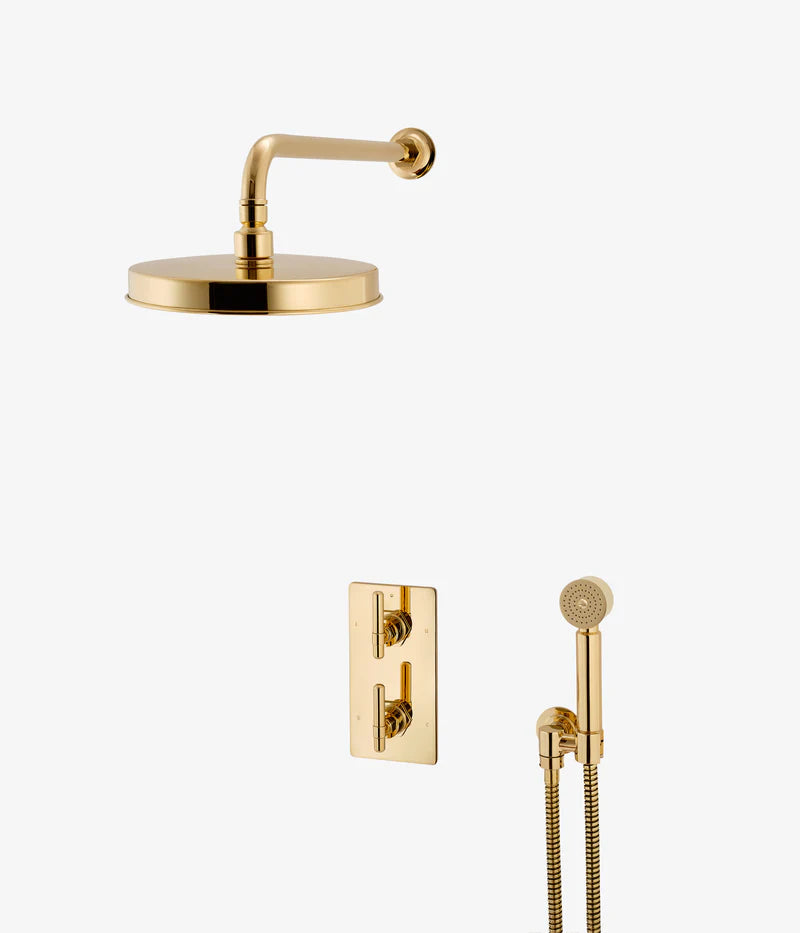
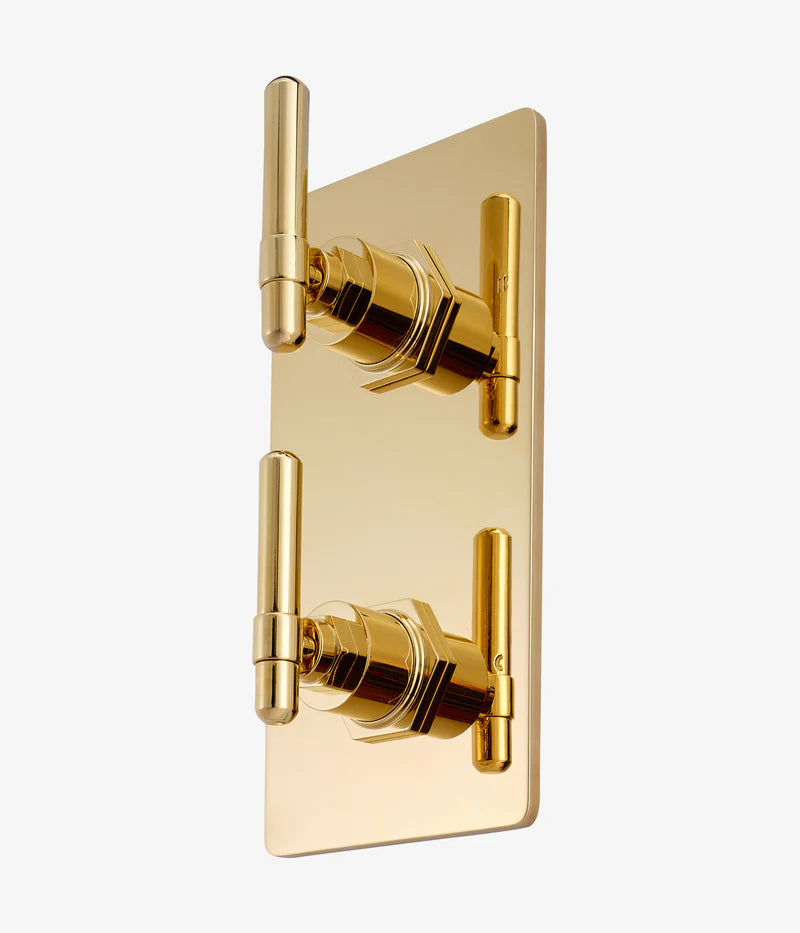
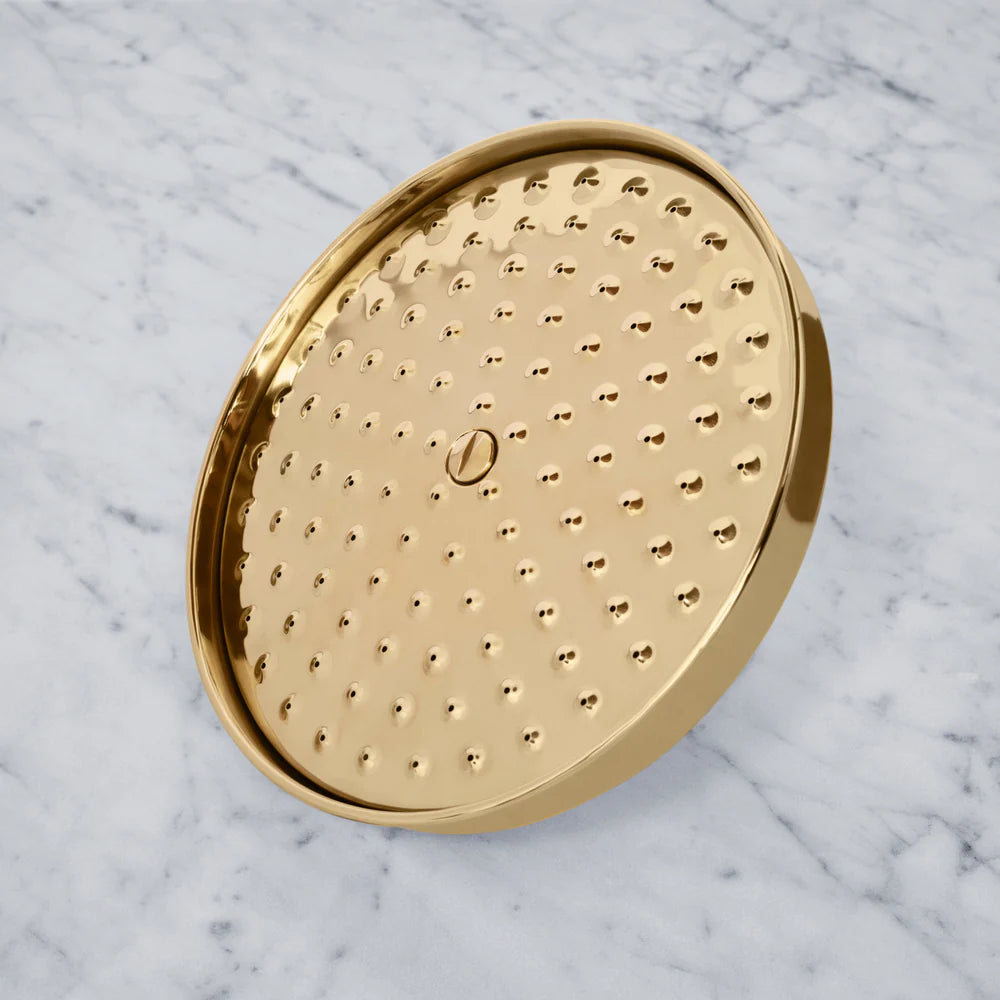




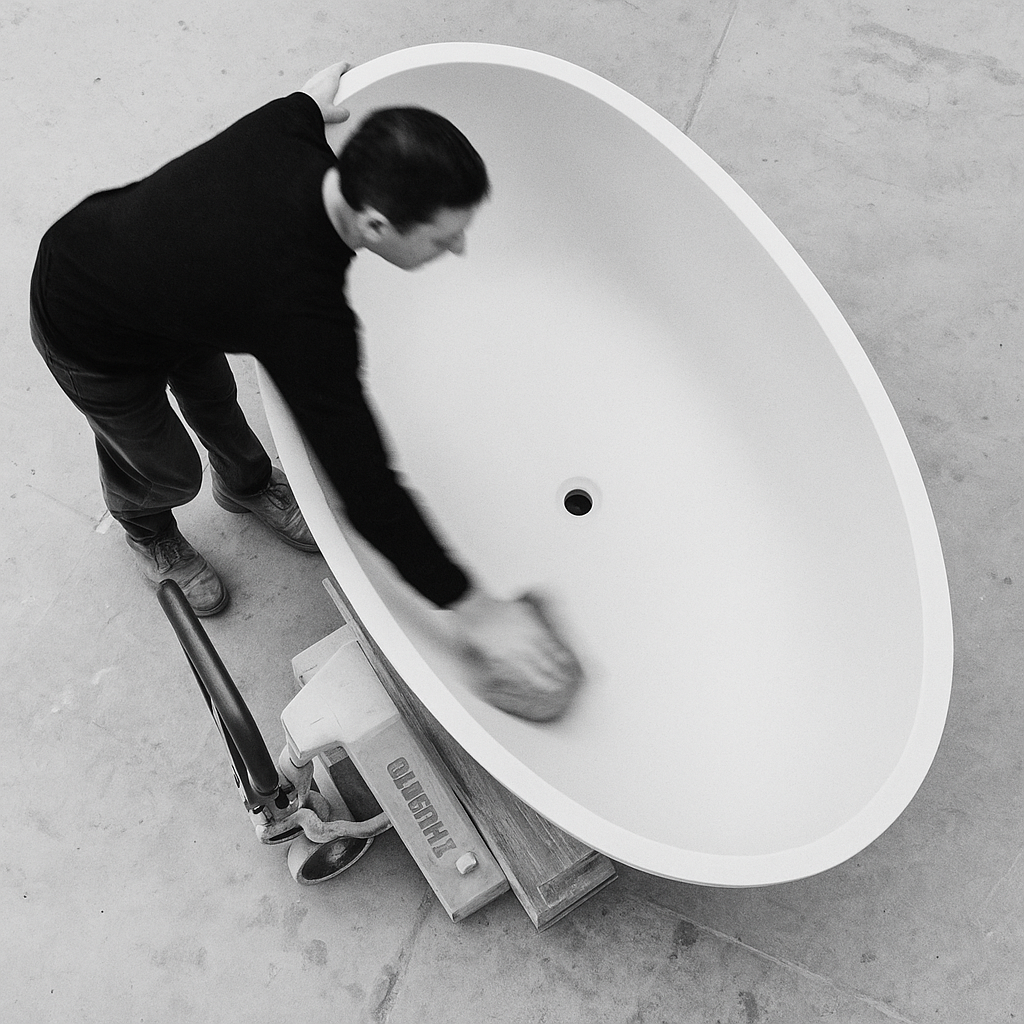
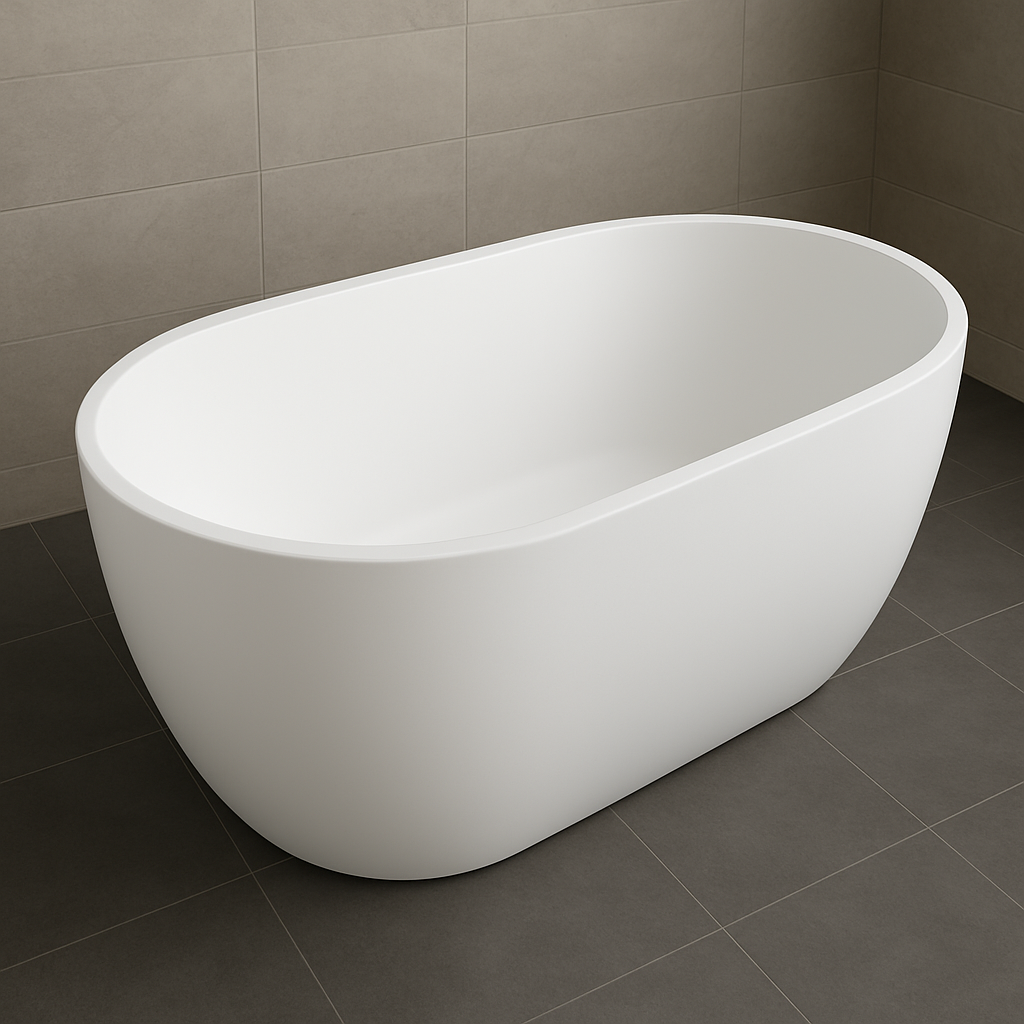

Leave a comment
All comments are moderated before being published.
This site is protected by hCaptcha and the hCaptcha Privacy Policy and Terms of Service apply.